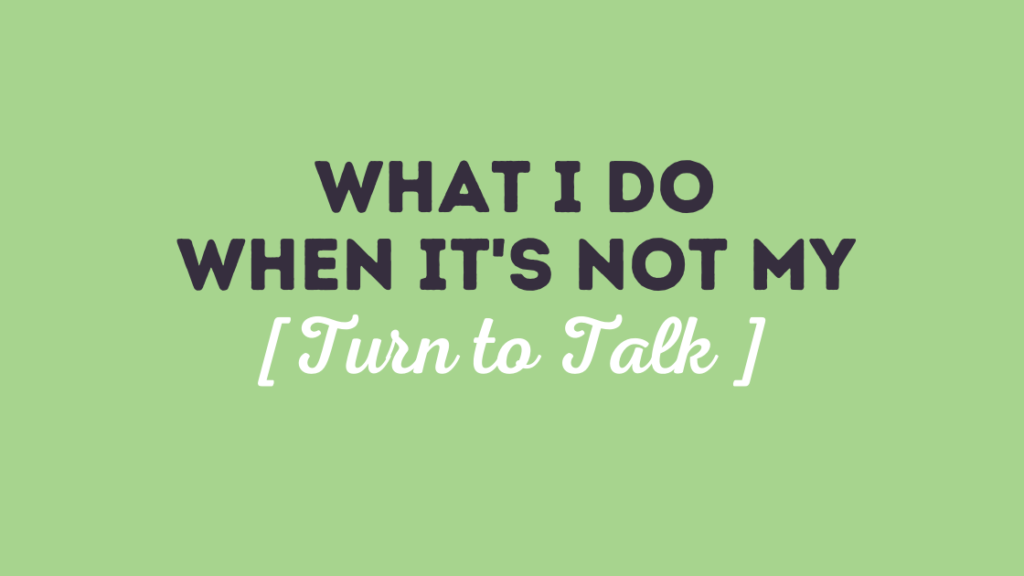Recently my spouse and I were interviewed on Zoom. I glanced around to find the best place to look. At my partner’s face as he spoke? At the interviewer’s face? At my own face — no! This kind of looking was a big distraction from simply seeing.
Soon I quit focusing on where to look and got engaged in our conversation — the words and sounds, the flavors of enthusiasm as ideas formed, the ebb and flow of shared thoughts and responses creating enjoyable connections.
The interviewer’s skill sparked a lively exchange. My husband introduced the thread of a new idea, and right away, a related idea popped into my mind. I felt a surge of energy and a wish to speak. But it wasn’t my turn! I took a breath and relaxed my shoulders. No rush. There’s plenty of time.
At those not-my-turn moments in a conversation, I use a method for letting go of “my” idea so that I can continue listening with openness. I put a “bracket” around the idea. . .
[ Here is the thought, sitting quietly in my mind. ]
. . . and then I go back to listening to the person who’s speaking: At this point my smart, funny partner had formed a fascinating shape with his hands to illustrate his idea. I nodded and smiled. I agreed with his point, but more importantly, I realized this fun expansion on his original thought would not have had the space to come forth if I had interjected my own idea instead of bracketing it.
Bracketing, I’ve found, is a helpful alternative to jumping in abruptly to make my point –– a pattern that hasn’t served me in the past. As my teacher Dzogchen Ponlop Rinpoche says, “You have to let it come to let it go.” Bracketing lets me “hold that thought” even as I loosen my grip on it. It’s my favorite listening technique. It feels good for the same reason that sharing feels better than shoving.
Nothing is lost or wasted when I tuck away that idea for later. In fact, once a gap of silence opens up to share it, I often find there’s no longer any need. Pausing for a few beats, I do a quick check: Is that bracketed thought still useful –– will it clarify or add to what has already been said? If not, I don’t share it. It’s easy to let it go, and the bracket along with it.
And yet I’ve still made a helpful contribution to the discussion. I’ve offered spaciousness and relaxation. By practicing a little bit of patience, by not hopping into that gap of silence, I’ve left an opening for the speaker to clarify what they were saying. In that opening, if I keep listening, I often learn something!

Ceci Miller has been a student of Dzogchen Ponlop Rinpoche since 2009. She is a book editor and author. Through CeciBooks publishing consultancy, she helps authors and experts develop their work and expand its beneficial impact. A mother and grandmother, Ceci lives with her husband in Seattle, Washington.






